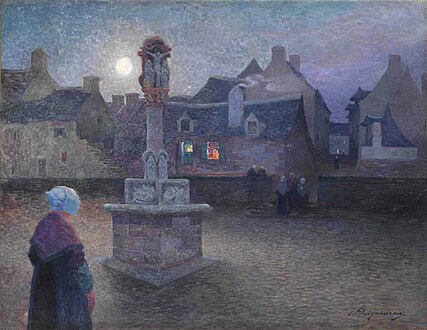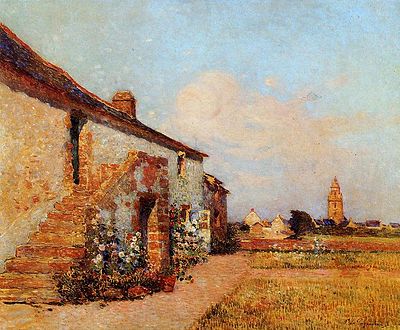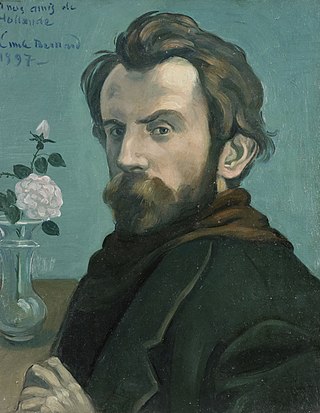
Émile Henri Bernard was a French Post-Impressionist painter and writer, who had artistic friendships with Vincent van Gogh, Paul Gauguin and Eugène Boch, and at a later time, Paul Cézanne. Most of his notable work was accomplished at a young age, in the years 1886 through 1897. He is also associated with Cloisonnism and Synthetism, two late 19th-century art movements. Less known is Bernard's literary work, comprising plays, poetry, and art criticism as well as art historical statements that contain first-hand information on the crucial period of modern art to which Bernard had contributed.

Pont-Aven is a commune in the Finistère department in the Brittany region in Northwestern France. In 2019, it had a population of 2,821.

Pont-Aven School encompasses works of art influenced by the Breton town of Pont-Aven and its surroundings. Originally the term applied to works created in the artists' colony at Pont-Aven, which started to emerge in the 1850s and lasted until the beginning of the 20th century. Many of the artists were inspired by the works of Paul Gauguin, who spent extended periods in the area in the late 1880s and early 1890s. Their work is frequently characterised by the bold use of pure colour and their Symbolist choice of subject matter.
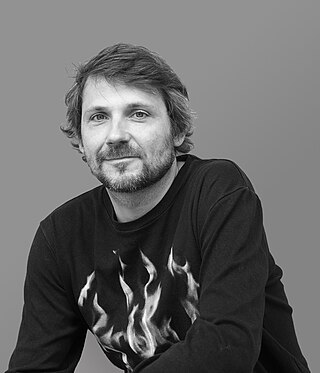
Xavier Noiret-Thomé is a French painter.

Batz-sur-Mer is a commune in the Loire-Atlantique department in western France.

Paul Sérusier was a French painter who was a pioneer of abstract art and an inspiration for the avant-garde Nabis movement, Synthetism and Cloisonnism.

Le Croisic is a commune in the Loire-Atlantique department, western France. It is part of the urban area of Saint-Nazaire.

Léon Germain Pelouse was a self-taught French painter born in Pierrelaye. At sixteen, he began working as a traveling salesman. He began painting when he was twenty, as he was serving in the French army as a conscript. His professional painting career began at twenty-seven, with the exhibition of his Les Environs de Précy at the Salon de Paris of 1865. Despite severe criticism, he continued painting. He moved to Brittany, and there, inspired by nature around Pont-Aven and Rochefort-en-Terre, Pelouse painted landscapes which were exhibited at the Salon de Paris in the following years. He received his first medal in 1873 for Vallée de Cernay. He finally gained success and critical approval. The French government bought many of his works which are now in the holdings of museums including the Musée d'Orsay, the Musée Malraux, and the Musée des Beaux-Arts de Nantes.
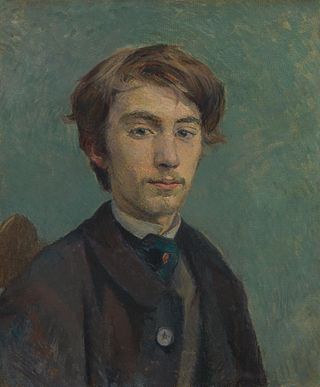
This is an Émile Bernard chronology of the life and career of French artist, art critic and writer Émile Bernard, based on documents hitherto published - however, most of the relevant sources remain unpublished. To a certain extent, these gaps can be filled by information derived from letters and biographies of e.g. Vincent van Gogh, Paul Gauguin and Émile Schuffenecker. Bernard and his work is associated with Post-Impressionism, Cloisonnism and Synthetism.
Odette Loyen du Puigaudeau was a French ethnologist, traveler and journalist. With artist Marion Sénones (1886–1977), she made three trips to northern Africa to conduct field research among the nomads of the western Sahara region.

Charles Filiger was a French Symbolist painter. He was one of the artists who associated with Gauguin at Pont-Aven in Brittany.
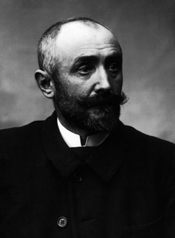
Henry Moret was a French Impressionist painter. He was one of the artists who associated with Paul Gauguin at Pont-Aven in Brittany. He is best known for his involvement in the Pont-Aven artist colony and his richly colored landscapes of coastal Brittany.
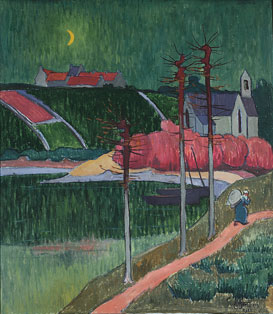
Émile Jourdan was a French painter who became one of the artists who gathered in the village of Pont-Aven in Brittany.

Henri Ernest Ponthier de Chamaillard, usually known as Ernest de Chamaillard, was a French artist, one of a group of painters who gathered in the Breton village of Pont-Aven.
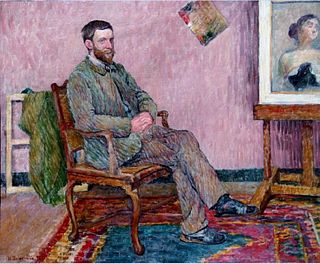
Henri Delavallée was a French Post-Impressionist painter who became a member of the artists colony in Pont-Aven.

Alfred Guillou was a French painter of Breton heritage.

Jean-Édouard Dargent, known as Yan' Dargent and in his later years Yann Dargent, was born in Saint-Servais on 15 October 1824 and died in Paris on 19 November 1899. He was a French painter and illustrator. Most of his paintings depicted Brittany.
Charles Léon Godeby, was a French painter who painted scenes in Brittany and North Africa.

Achille Granchi-Taylor was a French painter and illustrator.
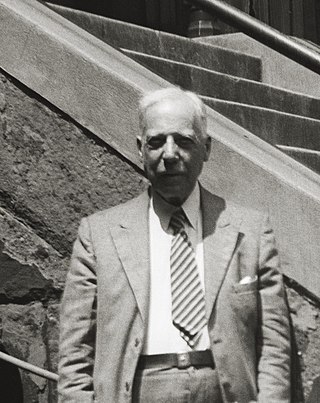
Georges Rasetti was a French Impressionist and Modernist painter and ceramicist who was born in Paris, France. Rasetti began by being a painter of genre and landscapes. In 1886, he married Céline Chaudet, sister of Georges Chaudet, painter and photographer. His son, Georges Estrel Rasetti, was also a painter and sculptor.




